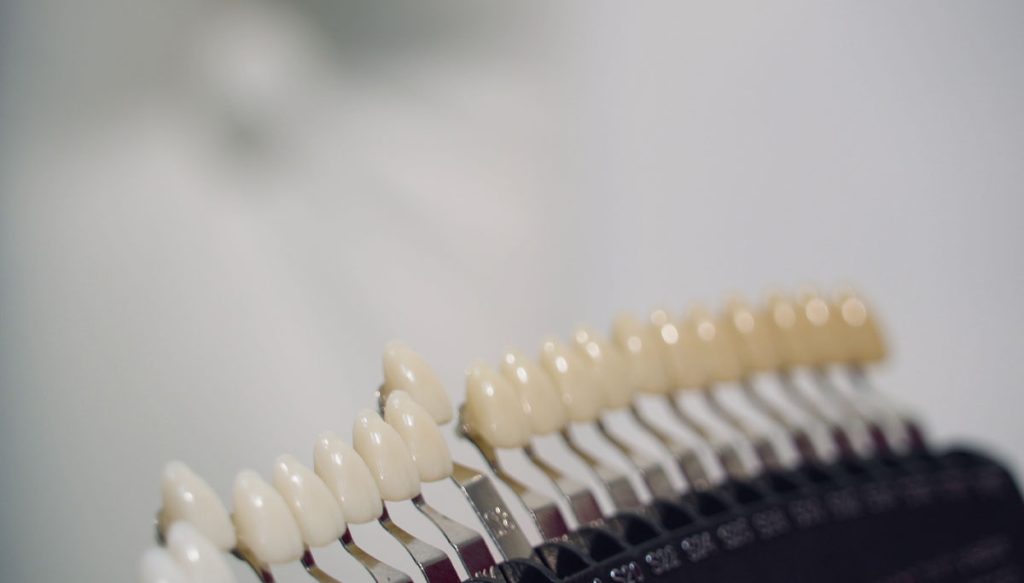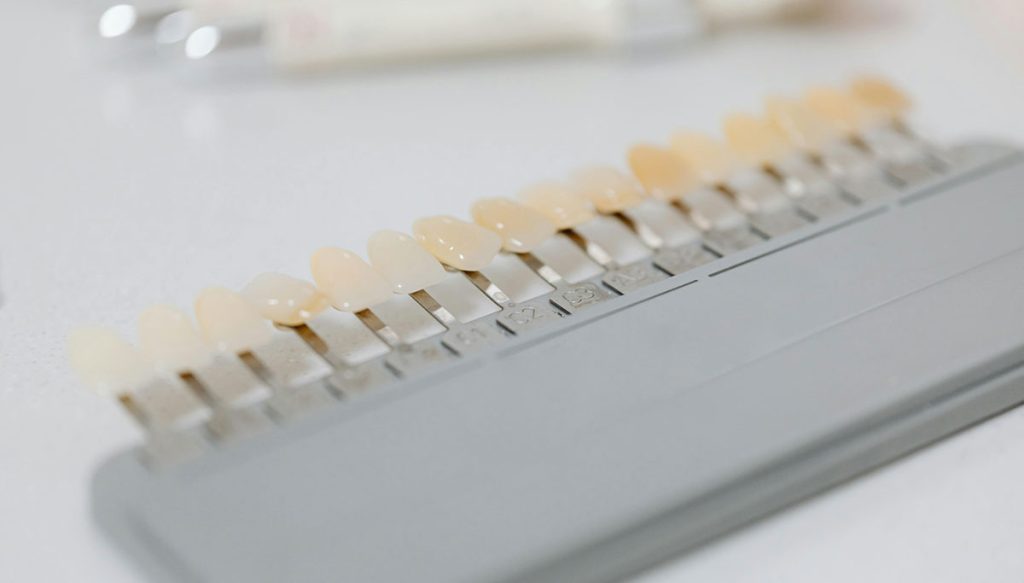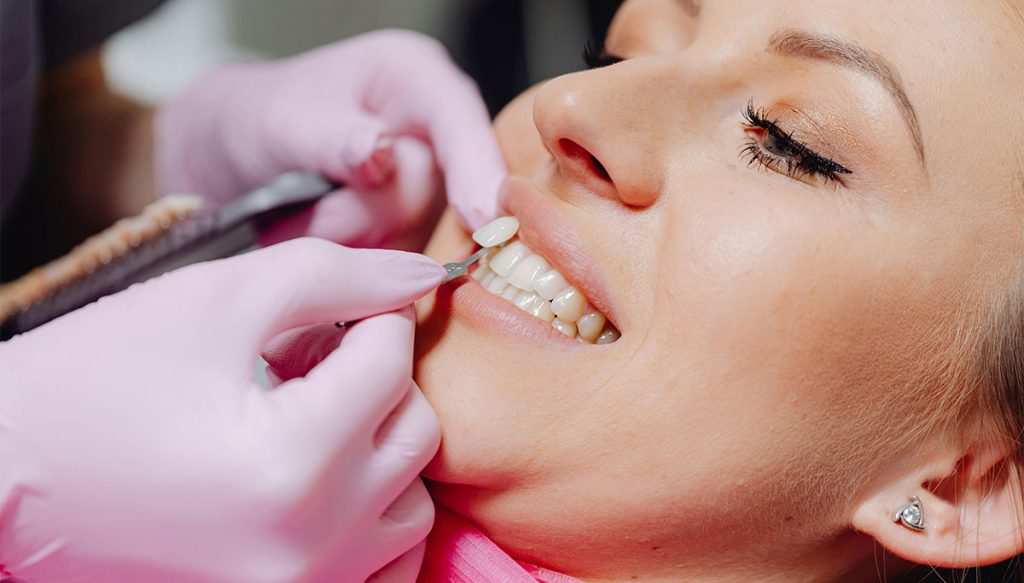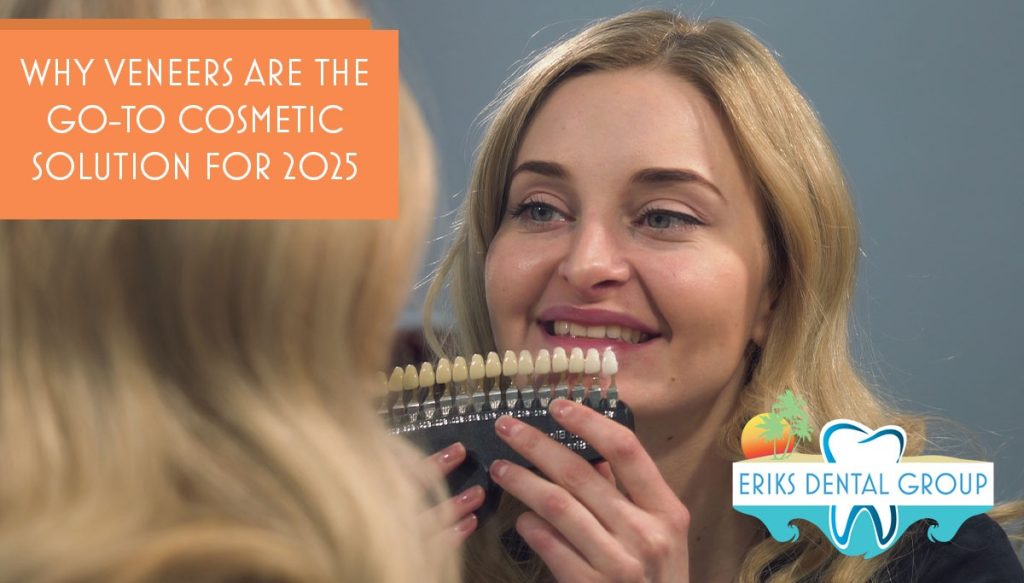Evolution in cosmetic dentistry has seen the emergence of more dental techniques to improve your teeth appearance. Dental veneers, for example, are thin coverings bonded over your teeth to enhance your smile. They address problems such as discoloration and irregular, chipped, or broken teeth. Each set is customized in shape, size, and color to suit your dental appearance. The common types of veneers include porcelain, resin, removable veneers, and no prep. Read on for everything you you need to know about dental veneers.
Types of Dental Veneers

Dental veneers come in different types, each offering distinct advantages based on your specific needs. Understanding these options will help you choose the best solution for enhancing your smile. Here are the common types of dental veneers.
Porcelain Veneers
Porcelain or traditional veneers are popular due to their stain resistance and durability. The dentist first makes an impression of your dental anatomy and customizes the porcelain to fit your mouth. Then, the enamel of your natural teeth is ground, and the new set is fitted.
Porcelain veneers have various forms:
- Stacked ceramic: They mimic the shape, transparency, and color of your natural teeth to give you an authentic appearance.
- Lithium Dioxide: This porcelain form tends to be tougher and more durable, making it suitable for patients fond of teeth grinding.
- Pressed ceramic: Pressed ceramic requires more enamel to be removed to achieve a thicker structure and increased durability.
Removable Veneers
Removable veneers, also known as pop-on or snap-on dental veneers, are removable. Unlike traditional ones, which are permanently placed, they can be removed at one’s convenience. They are ideal for patients who want to maintain their teeth underneath.
To remove the veneers, pry them with your fingers, then rinse gently with warm water and dry them using a cloth before storing them safely. They need to be cleaned regularly to prevent staining and increase their longevity.
Composite Resin
Composite resin is suitable for concealing mild cosmetic issues such as chips, minor cracks, and discoloration. The specialist applies layers of composite resin that match the color of your existing teeth, shapes them, and polishes them to achieve the desired result. The procedure can be done in a single visit and can be easily repaired compared to other veneer types.
No-Prep Veneers
No-prep veneers, also known as veneers, DURAthin, and lumineers, are less invasive and faster to apply. The specialist removes a section of the enamel without grinding, and a new set is installed the same day. You need to consult a dentist if you are fit for no-prep veneers. Their translucent appearance can make them ineffective in covering damage such as staining.
What to Know About Veneers

Dental veneers may not be suitable for everyone. It’s important to consult a professional dentist to determine if you’re a good candidate. The dentist will match the veneers to the natural shade of your teeth to ensure they complement your complexion and look realistic. Some sensitivity may occur after the procedure due to enamel alteration, but this is a common side effect. To alleviate sensitivity, your dentist may recommend a specific rinse or toothpaste.
Before considering dental veneers, here are a few important factors to keep in mind:
- Potential patients need to have strong, healthy enamel.
- The procedure serves as a permanent solution and is irreversible. Therefore, you must fully commit to having them for the rest of your life.
- Veneer crowns come in different materials, which differ in cost and durability.
- This treatment does not fix all dental issues. Some dental problems, such us missing or crooked teeth, may require restorative or orthodontic treatments instead.
Step-by-Step Guide to Veneer Crown Placement

Veneer crowns can transform your smile in as few as three visits. Here’s a step-by-step guide on what to expect during the process:
- Initial consultation: During the first visit, a cosmetic dentist examines your dental structure by X-raying your teeth. They then explore and discuss your goals and needs before determining if you are a suitable candidate for the procedure. If so, you are guided on the ideal shade, size, and shape of your crowns for your facial anatomy.
- Teeth preparation: During this stage, the dentist prepares your teeth to make room for the new crowns. They do this by removing a layer of your enamel at the same depth as the veneer being placed. The procedure can be done without local anesthesia since the enamel doesn’t have nerve endings.
- Taking impression: Your teeth’s impression and bite are taken using a special mold, which is then sent to a dental laboratory to customize your new set of crowns. The dentist helps you choose a suitable shade of your set that will enhance your smile. If you are getting veneers for a few teeth, the dentists match your new set with the color shade of the existing teeth.
- Dental bonding process: The specialist permanently attaches your veneer crowns to fit using dental cement. Adjustments may be made to ensure you get a flawless cosmetic appearance.
Benefits of Getting Dental Veneers

If you’re self-conscious about your smile, it is time to consider veneers. Here are the benefits of getting dental veneers:
- Natural look and feel: After the procedure, no one can guess you have veneer crowns. They are customized to your fit and feel natural in your mouth.
- Cover cracks, chips, and discoloration: This procedure can address minor cosmetic problems that are visible when talking, such as discoloration and chipping.
- Prevent tooth discoloration: Veneers are the first point of contact when you eat, helping protect your teeth from discoloration. Their stain-resistant properties also help maintain a bright, white smile.
- Low maintenance: Dental veneers require easy maintenance similar to natural teeth—brushing and flossing at least twice daily. You also need to go to the dentist for regular checkups.
- Minimally invasive: Veneer placement requires removing a thin enamel layer to accommodate the new crowns. This process can be done even without local anesthesia.
Transform Your Smile with Veneers in Boynton Beach
Veneers offer an effective, long-term solution for achieving a dazzling smile. They are low maintenance and versatile, addressing issues such as misalignment, chips, and discoloration. To determine if veneers are right for your dental needs, consult a cosmetic dentist for expert guidance.
At Eriks Dental Group in Boynton Beach, we provide comprehensive cosmetic dentistry services, from veneers and crowns to teeth whitening. As the official sponsor of smiles, we guarantee a five-star dental experience and stunning results. Contact us today or request an appointment to transform your smile.

